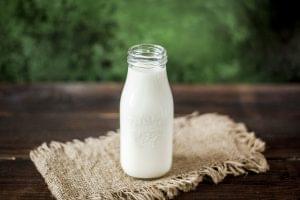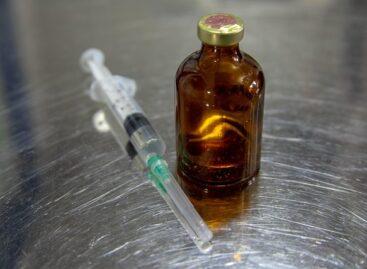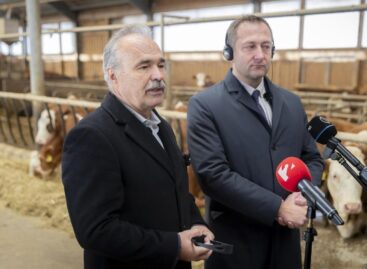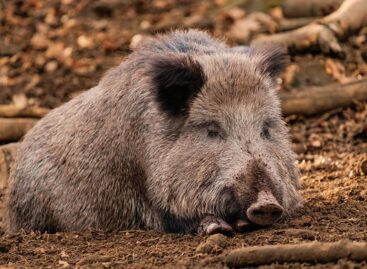Organic milk is no longer considered a premium product
The increase in the producer price reduced the gap between organic farming and the rest of the market.

The price of dairy products has increased so much that organic milk and milk products seem cheaper. (Photo: Pixabay)
You can buy organic, organically grown milk 40% cheaper than before, which causes problems for many. According to Richard Hollingdale, commercial director of the organic cooperative Omsco, the difference between the prices of organic and agricultural products has decreased, but he is confident that when the conventional market price starts to decrease, this difference will reappear. According to the specialist, this phenomenon can be seen all over Europe, including in Germany, France and Scandinavia. In the last 12 months, the price of conventional milk products has been higher than the price of organic milk per liter, but it is still far below the costs necessary to cover the costs of feeding and production.
The demand for organic milk and dairy products is increasing
Organic dairy accounts for around 2-3% of total UK milk production. According to AHDB data, milk from the organic sector shipped an average of 1.077 million liters per day in the week ended July 23, compared to the conventional sector which shipped 32.55 million liters per day in the same week. The 14.2% decrease in organic deliveries implies a decrease in production, either due to a decrease in yield or a decrease in the number of cows. Daily shipments were down just 1% year-over-year in the conventional market. According to Mr Hollingdale, the organic market has grown steadily over the past five years – organic farming has declined slightly in the past year, but not as much as the conventional food market. In the case of organic dairy products, the sales of butter and cheese continue to grow in the background. The largest retail buyers of organic milk are committed to the sector and willing to pay more for its products. Currently, the largest market for organic milk and milk products is America, where demand is constantly growing.
Production costs favor organic producers
High feed prices affect the production costs of organic producers, especially for imported feed. However, a higher proportion of forage in the fattening feed helps limit the increase in production costs, as does reducing fertilizer and spraying costs. Maintaining the level profile of organic milk and winter milk production to meet demand is key. The main difference is the feed cost of organic material compared to conventional.
Related news
The rate of submitted reports has not improved for antibiotic-containing preparations used in farm animals
🎧 Hallgasd a cikket: Lejátszás Szünet Folytatás Leállítás Nyelv: Auto…
Read more >The future belongs to family farms
🎧 Hallgasd a cikket: Lejátszás Szünet Folytatás Leállítás Nyelv: Auto…
Read more >African swine fever identified in a dead wild boar on Szentendre Island
🎧 Hallgasd a cikket: Lejátszás Szünet Folytatás Leállítás Nyelv: Auto…
Read more >Related news
Christmas shock in commerce: for the first time, we can pay with bank cards in fewer places
🎧 Hallgasd a cikket: Lejátszás Szünet Folytatás Leállítás Nyelv: Auto…
Read more >Hungarian Confectionery Manufacturers Association: trends in 2025 and prospects for 2026
🎧 Hallgasd a cikket: Lejátszás Szünet Folytatás Leállítás Nyelv: Auto…
Read more >Most grocery chains will be open until noon on December 24th
🎧 Hallgasd a cikket: Lejátszás Szünet Folytatás Leállítás Nyelv: Auto…
Read more >






